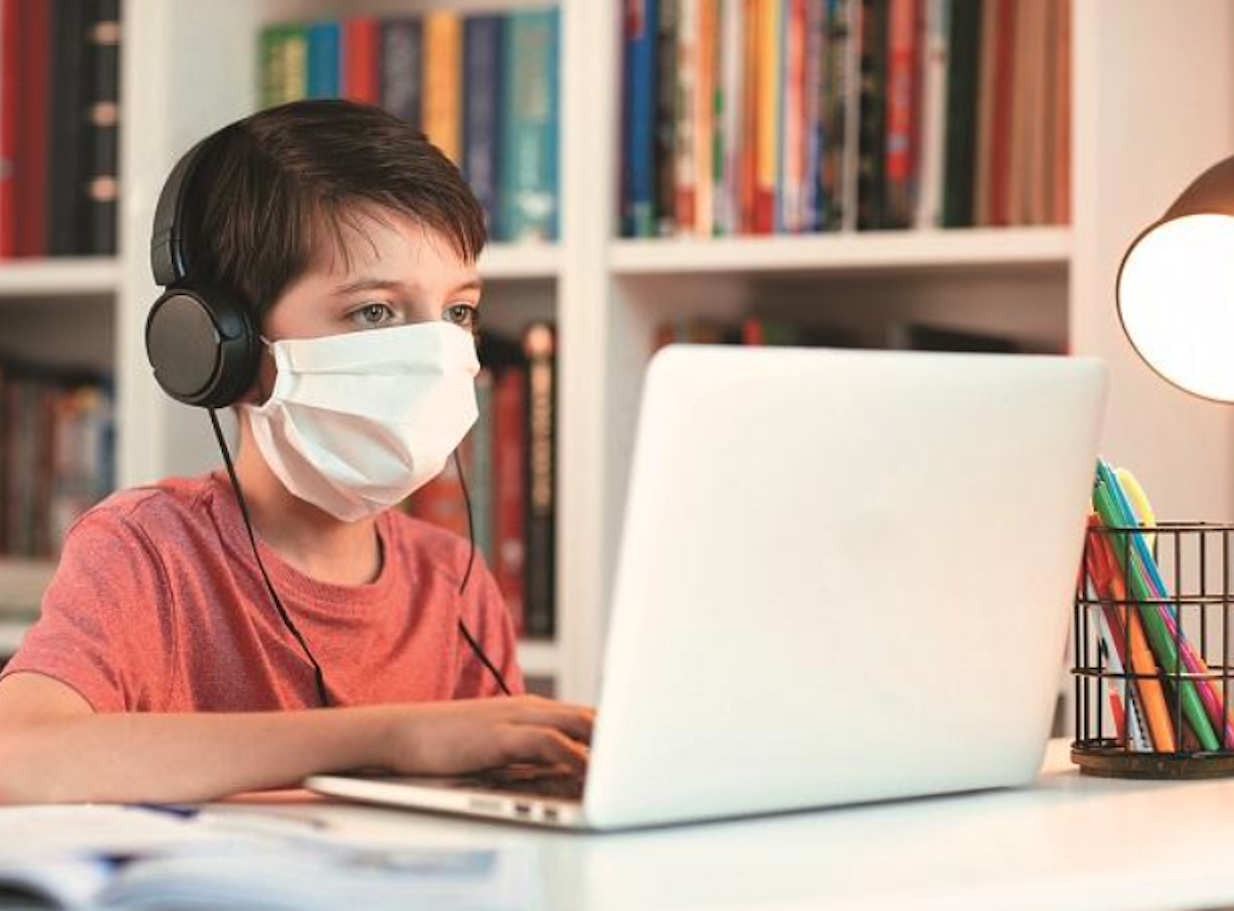Photographic memory or eidetic imagery refers to the ability to take a “snapshot” of a moment or information and recall it with amazingly accurate detail.
If you have struggled with recollecting memories from years past, then it is truly a marvel how some special people can recover any information from their brain at will. The good news is some kids learning programs teach this skill with a very high success rate.
One benefit of teaching them when still young is their minds can absorb and process information at a speed that adults can only envy. Kids tap into the same brain chemistry that allows them to learn a second language without any effort.
According to data, about 2-10% of preadolescents (kids from 9-12 years old) have a photographic memory. So, in a sense, kids have a preternatural tendency for photographic memory.
Among the fundamental elements of eidetic imagery include:
- The capacity to store a large volume of memory and recall them with stunning detail.
- The skill to immediately commit information to memory and recover it afterwards.
- The ability to store and retain a large cache of information in a short period.
- The ability to retain that information for a very long time.
These kids learning programs tap the right side of the brain, responsible for photographic memory, creativity, olfactory memory, visual processing, and mass memory storage.
Most people are left-brain dominant. Although the research into the subject is scarce, researchers have found that only 29% of the subjects are right-brained. For comparison, 37% are left-brained, while a vast majority of the population used both sides equally.
But kids learning programs are also aware that the left brain governs logic and context. Children also need to develop these skills so that they would have the ability to analyze the information. More importantly, they would have the skill to verbalize the information in a way that is easily understandable to others.
Since kids already possess the natural tendency for learning eidetic memory, the kids learning programs are designed to bring it to the surface.
For example, they may encounter the following activities:
- Taking a picture — The mentor will show them a photo with increasingly intricate details. The kids will then fill in the blanks from the blank copy provided to them.
- Drawing a likeness — This is the variation of the first activity. The teacher will quickly flash an image and the kids will try to recreate the picture on a blank canvass. The parents and guardians can step in for kids who are too young for language.
- Recreating Mandalas — A mandala is a geometric pattern composed of several concentric or parallel lines to create an image. The kids will try to recreate the pattern with accuracy and also put on the correct colour placement.
- Recall activities — The activities are designed to develop the right brain since it governs visual and auditory processing.
The parents are encouraged to participate in these kids learning programs to replicate the activities in their homes. In this way, their children can practise and practise, which is the only way to perfect their photography memory skills.
They do not even need some educational props to do it. For instance, they can be grocery shopping and ask their kids to recall as many products as possible on a particular aisle.
The earlier they start, the better. As kids grow up, they will struggle with some of the activities that young brains can absorb without encountering any problems.


